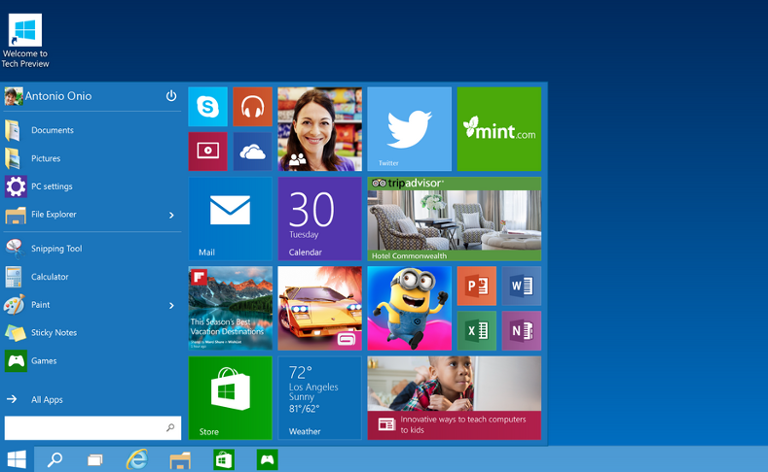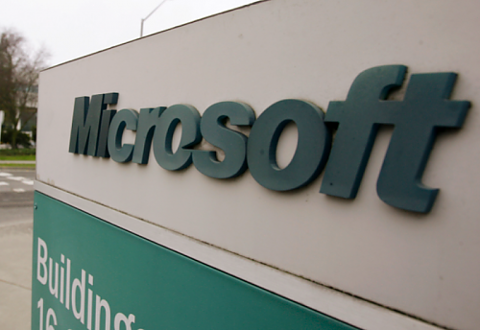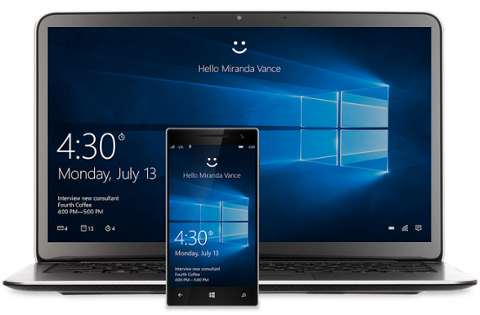Windows 10 Adoption Passes 300 Million
Some 300 million PCs now run Windows 10, according to Microsoft. If there’s a lesson in the operating system’s rapid rate of adoption, it’s this: never underestimate the power of a free upgrade. Rather than require everyone to purchase the latest version of Windows, Microsoft allowed those already running Windows 7 and 8 to download 10 for the low, low price of zero. Microsoft became so insistent that users upgrade, in fact, that it began pushing Windows 10 files via Windows Update—whether the PC’s owner wanted them or not. That aggression, in turn, attracted a fair amount of blowback. But some degree of backlash seems like something Microsoft is willing to accept if it means a billion machines are using Windows 10 within a few years. The alternative isn’t a good one for the company: while its operating system continues to dominate the PC market, consumers are increasingly reliant on smartphones and tablets for the majority of their computing needs—and those mobile devices overwhelmingly run Apple iOS and Google Android. Although Microsoft built Windows 10 to operate seamlessly on PCs, tablets, and smartphones (at least in theory), it still needs an initial, sizable level of adoption if it wants the platform to become competitive across the whole device ecosystem. In addition to convincing users to download the OS, Microsoft also needs the development community to build must-have desktop and mobile apps that take advantage of Windows 10’s features. In the meantime, Windows 10 continues to lag Windows 7 in desktop OS market-share, according to the latest data from Net Applications. With 15 percent of the market, it’s also just a bit ahead of the ancient Windows XP (at 10.63 percent). At some point, Windows 10 will almost certainly overcome its predecessors; the bigger question is whether Microsoft can convince developers to build apps for the platform.


